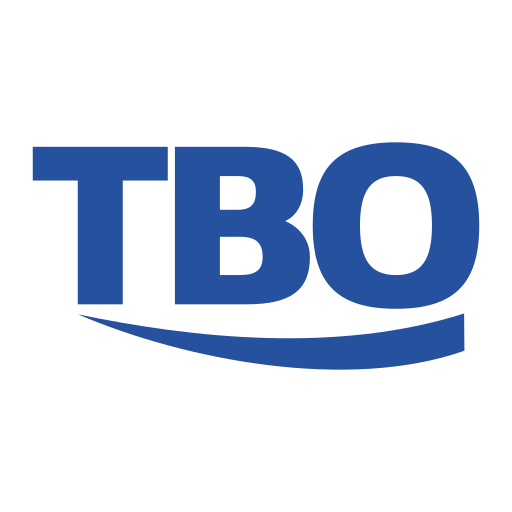
No matter how trustworthy you think your employees are or how robust your security systems are it is still essential that every business implements a number of controls and protocols to reduce the risk of fraud.
The fraudulent activity comes in many shapes and sizes and is highly prevalent in the world of online commerce today, so you definitely need some sound strategies in place to help prevent fraudulent activity some painful financial losses on your business.
Here are some tips that are designed to help you keep the upper hand over fraudsters.
Reducing fraud with card payments
If you are accepting card payments from customers there is always the prospect that you could be entering into a transaction where the person in front of you is not who they are claiming to be.
One way of reducing credit card fraud is to accept contactless payments.
You can click here for more details on contactless systems, but the fundamental point about offering this payment method is that the security measures attached to this system help to reduce fraud.
A contactless card never leaves the customer’s hand so there is little prospect of it being lost or stolen and using this system makes it harder to steal the card information.
Check your bank account regularly
As well as fighting fraud from external sources, such as customers and suppliers, you do have to be vigilant and proactive when it comes to fighting internal fraud too.
Even if you are confident that your workers are trustworthy it is always advisable to have some security protocols in place that at least manage to confirm that everything is fine or alert you to a potential problem.
One of the more obvious but essential tasks you should perform every week, at least, is to check your bank statement for any items that you don’t recognize or can’t reconcile with your records.
Don’t rely on your accounts person or accountant to check the statement. It is better that you check it first before handing it over for reconciliation.
Take steps to protect your accounting system
Most accounting systems have a number of built-in security features that you should make the most of in order to reduce the prospect of fraudulent activity.
Imagine that you are setting up a sequence of barriers that will slow down or dissuade a fraudster and aim to put as many of these critical safeguards in place as you can.
For example, it is not a good idea to allow every user to have administrators rights on the accounting system, and it is also advisable to have individual passwords and login details so that you have an audit trail when you need to check a transaction.
Billing fraud happens
If you are going to suffer a loss as a result of an internal fraud issue one of the most likely scenarios that you are going to encounter is billing fraud.
What happens in this scenario is the fraudulent employee raises a fictional invoice for goods or services and inputs this bill on the system so that it gets paid, to them.
If you employ a specific person to create all your invoices, it can be a risk to let that same person handle the billing transactions as well.
There need to be checks and procedures in place that require another level of authorization and reviews before the payment is released.
Expense fraud is also a big issue
Another prime candidate for fraud is expense fraud and this type of activity is estimated to account for about 15% of all reported business fraud.
You need to have one person reviewing the expenses and a different employee who is then approving these expense claims and processing them for payment.
Always ask for receipts for every item being claimed and consider using an automated system that scans receipts so that you have a clearly defined paper trail that you can reconcile with the amount being claimed.
Be upfront about your fraud prevention systems
There are good reasons why you might want to be willing to talk to all your employees about fraud prevention and make them aware that you have created a reporting system that is designed to flag suspicious activity.
In simple terms, if you tell employees that you are watching out for the fraud it could deter anyone considering this sort of activity to think twice, for fear of getting caught, and honest employees will be empowered to spot and report fraud more freely.
Well over a third of internal fraud is identified as a result of a tip-off from another member of staff, so it makes sense to be as open as you can about your desire to stamp out fraud.
Review all of your internal controls
Internal fraud can often happen when you least expect it and it can sometimes be the least suspicious member of your team that is actually the perpetrator if you are going to suffer a financial loss from this sort of activity.
Work on creating a series of internal controls and programs that all combine to reduce the prospect of fraud happening to you and your business.
One of the key points to remember is that segregation of duties is often a critical move in your attempts to minimize the risk of fraud. This can be difficult if you run a small business and you only have a handful of employees who tend to have specific roles, but by having one person checking the till receipts and another one banking the cash and card payments, you are helping to reveal any discrepancies and reducing the prospect of fraud at the same time.
Also, be mindful of external threats such as fictitious suppliers and other scams that are all trying to steal money from your business.
If you implement a number of fraud-prevention strategies you are going to make it harder for a fraudster to take anything from your business.

